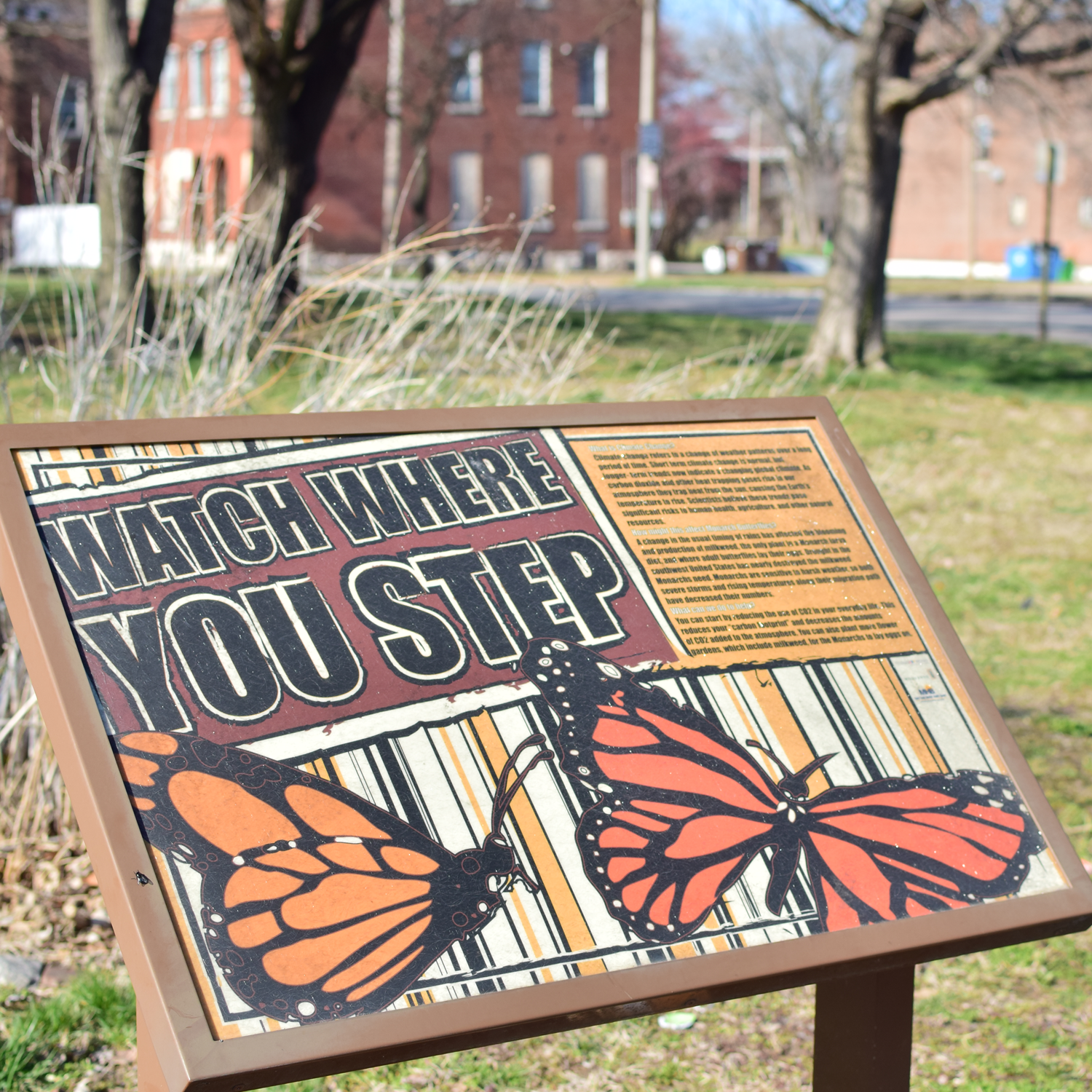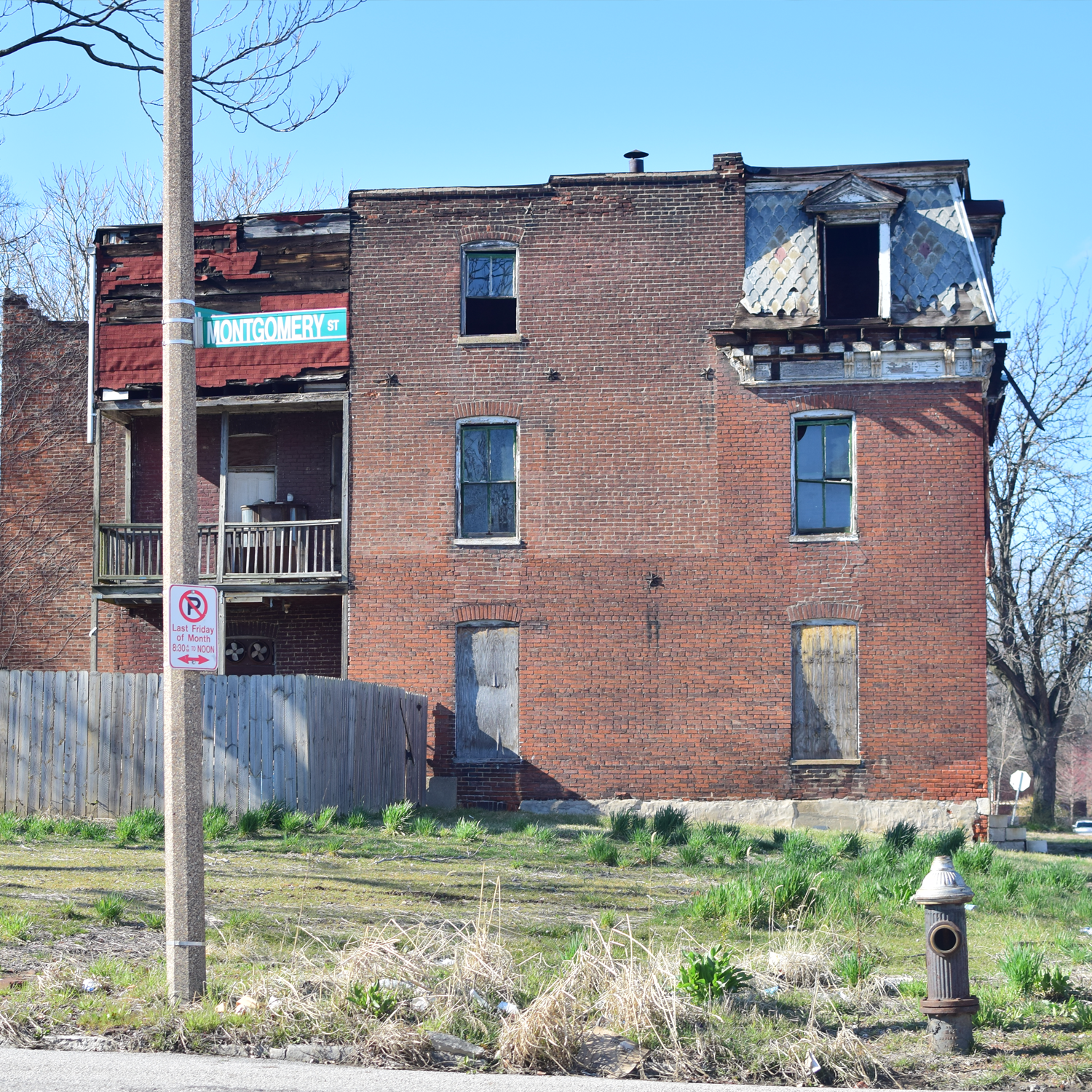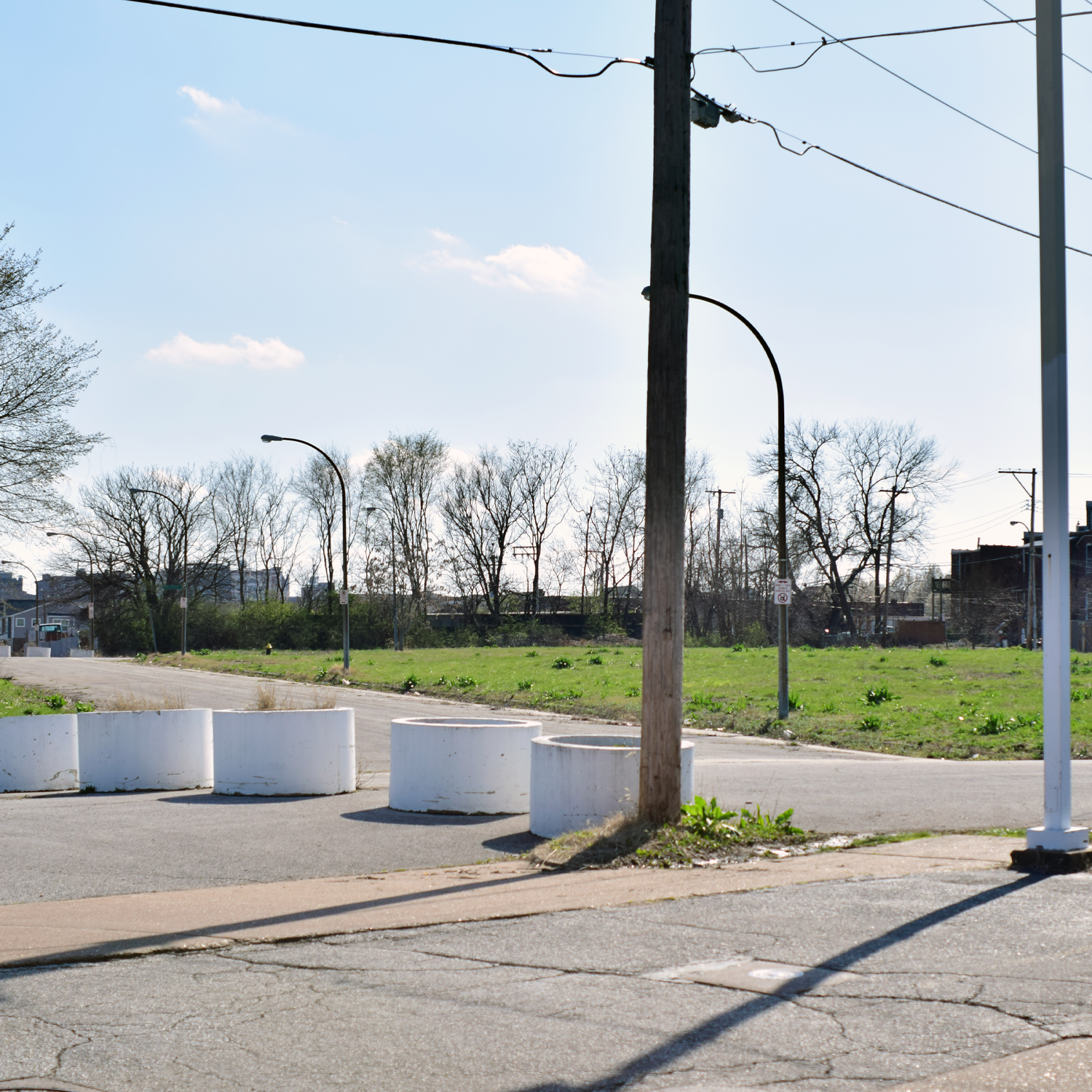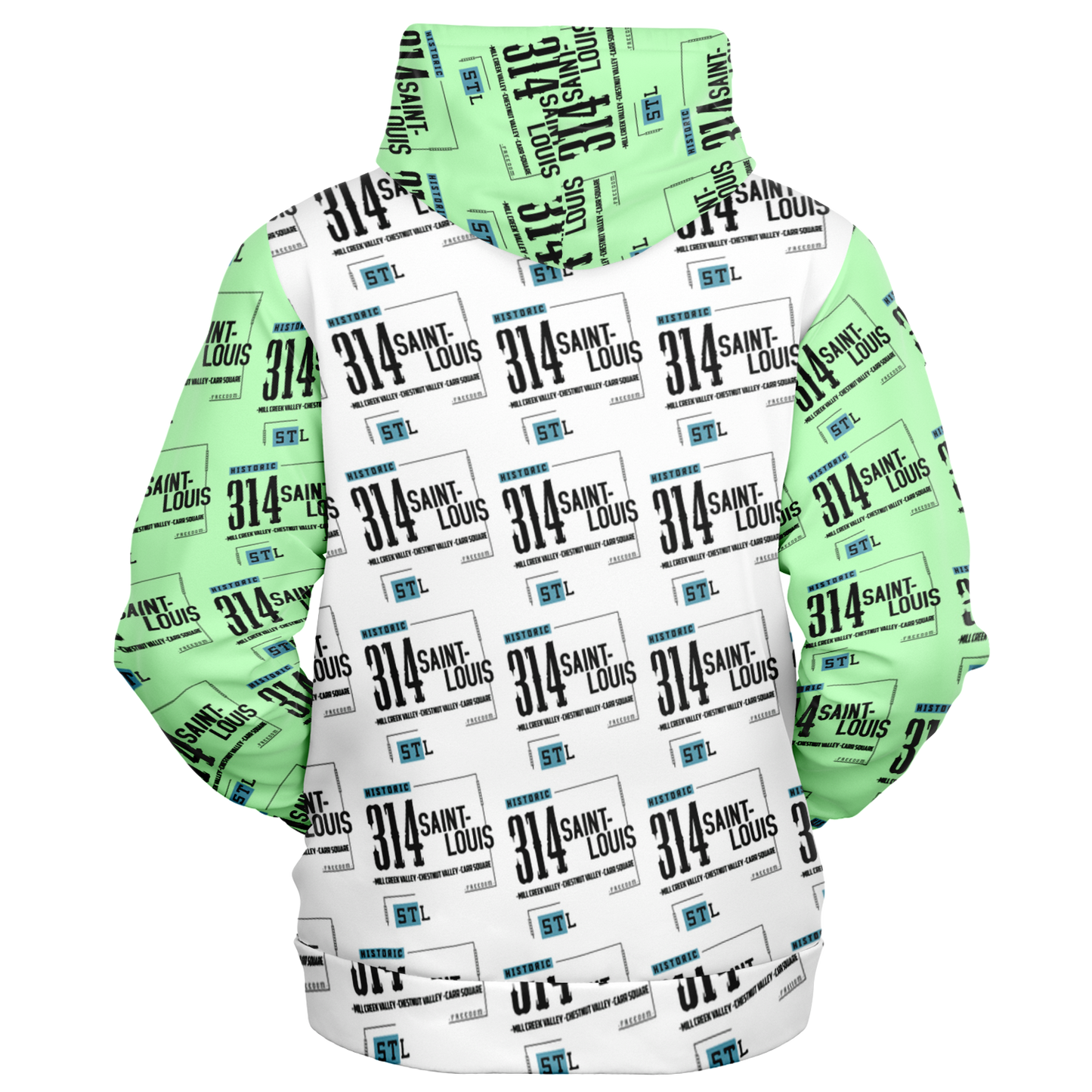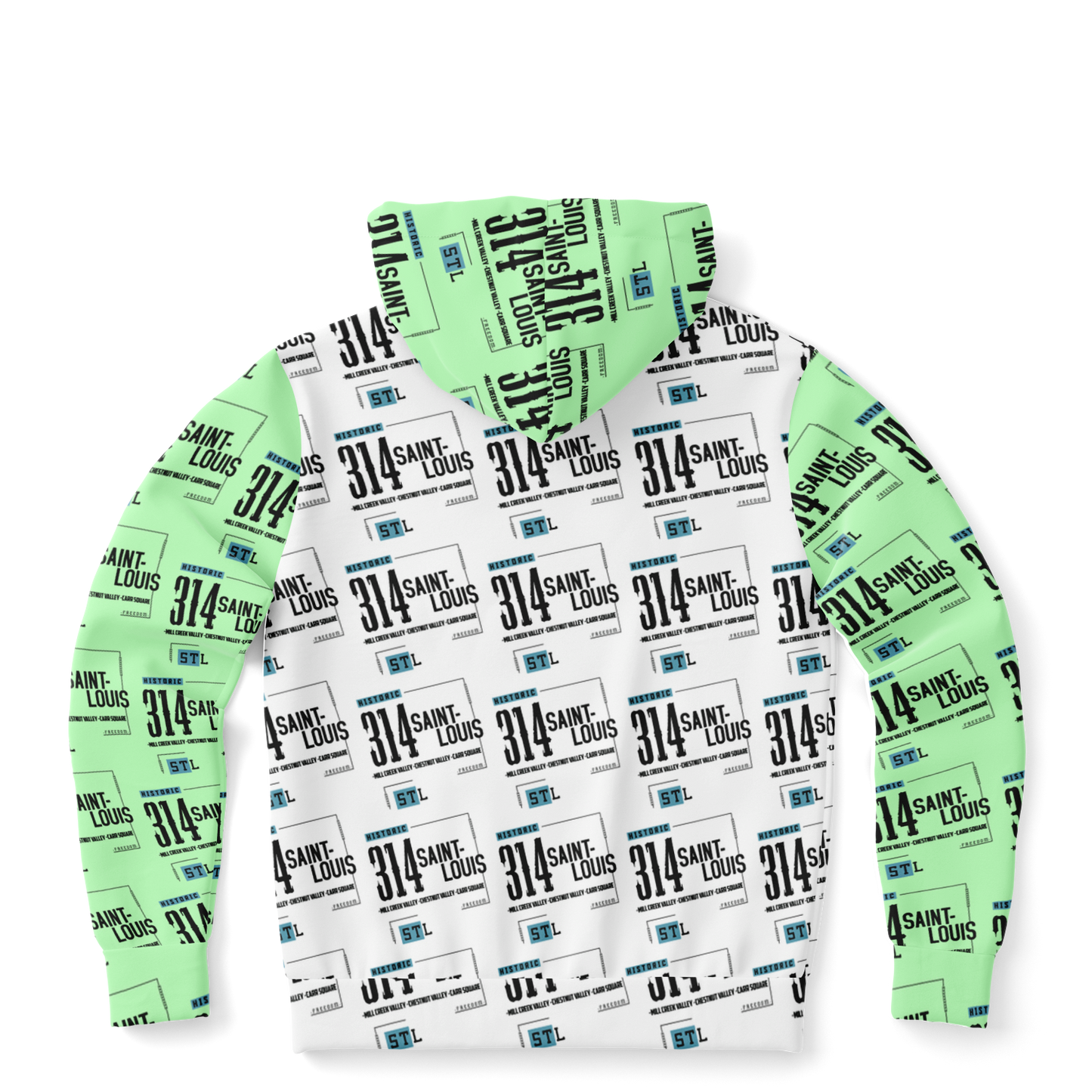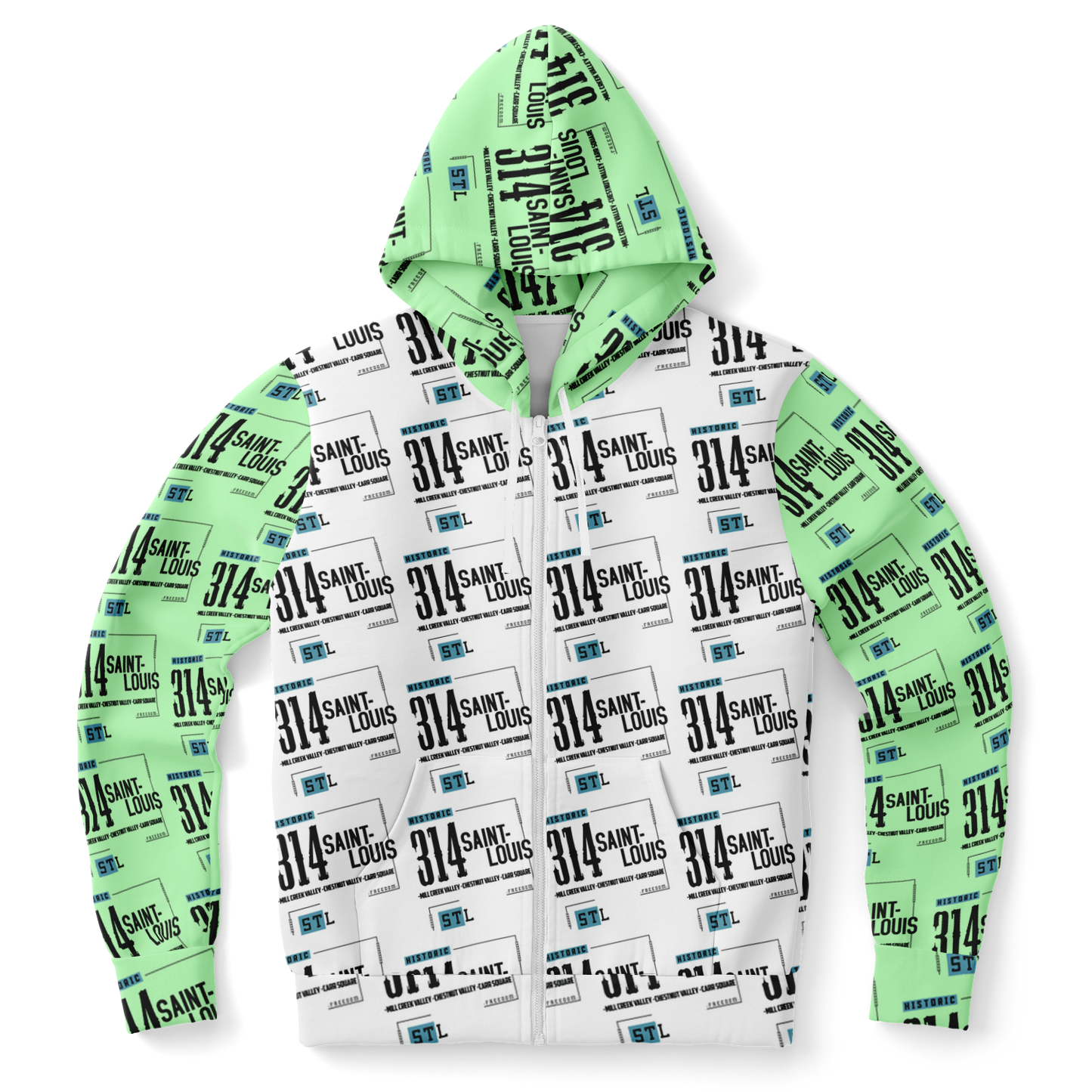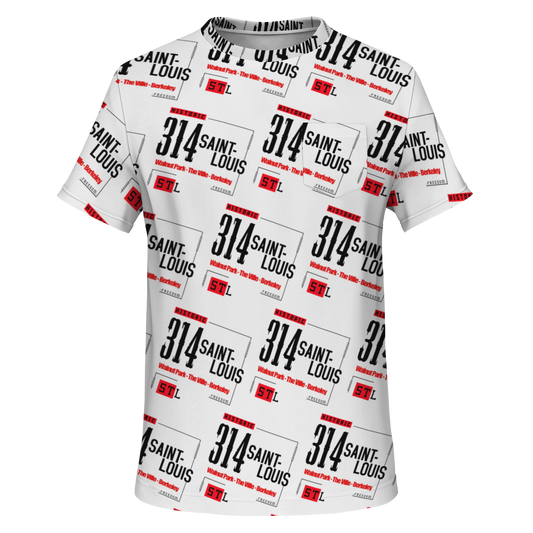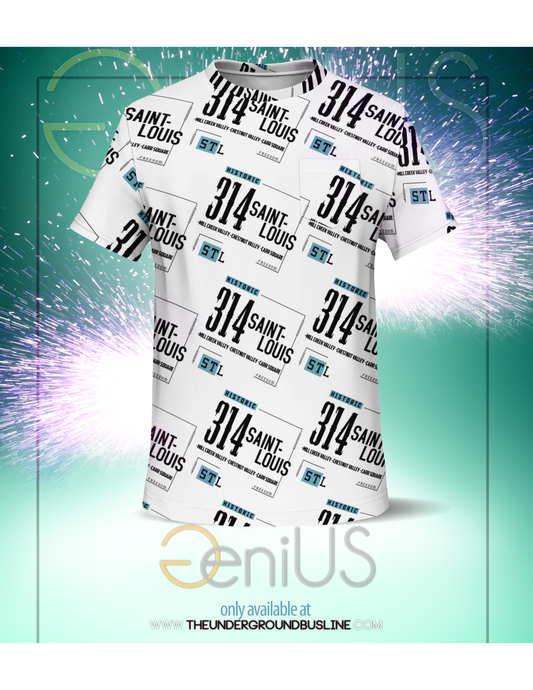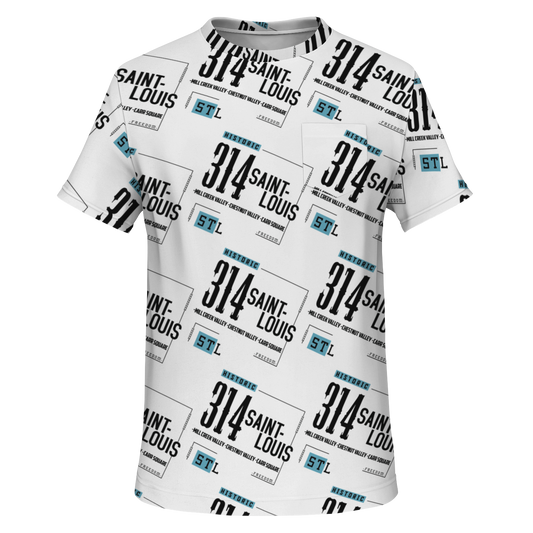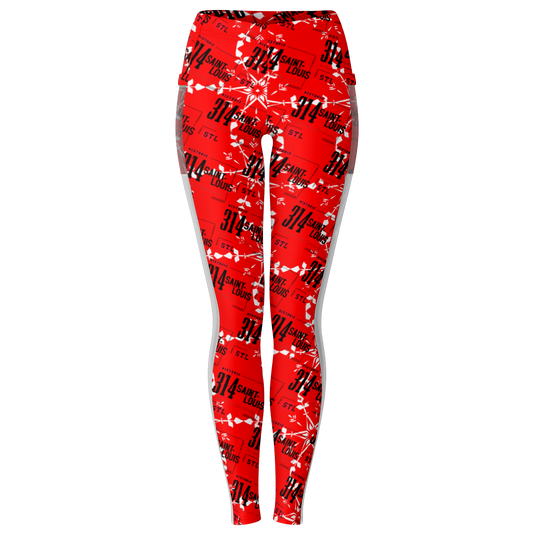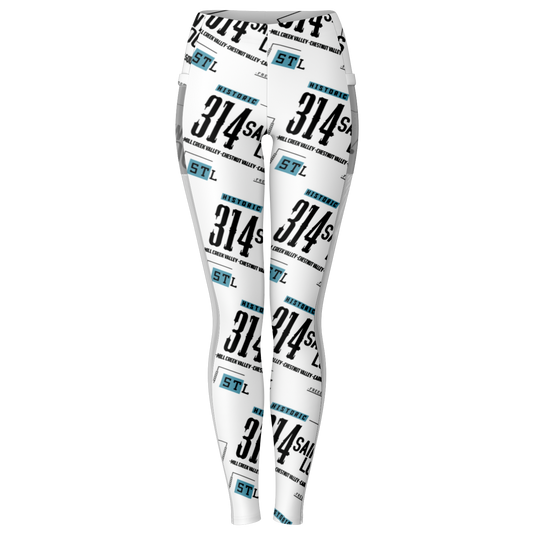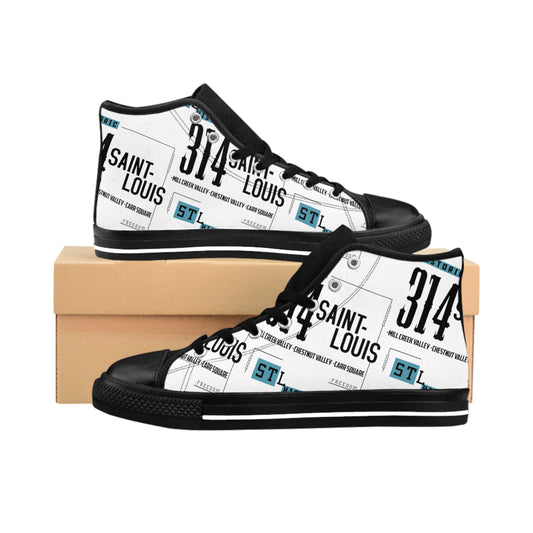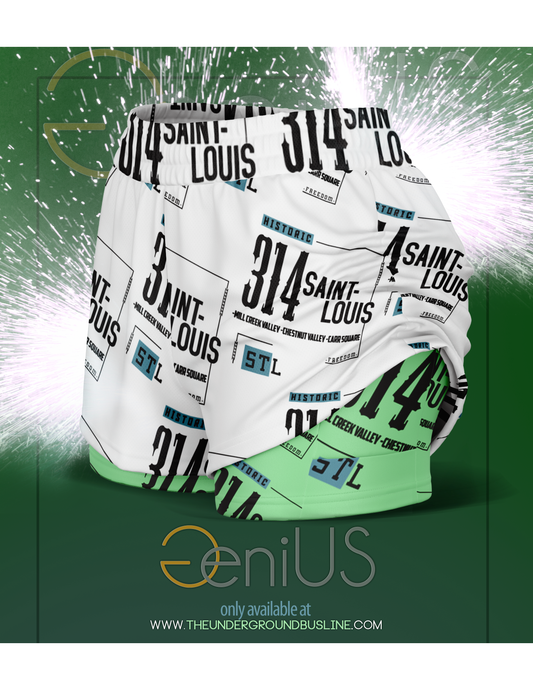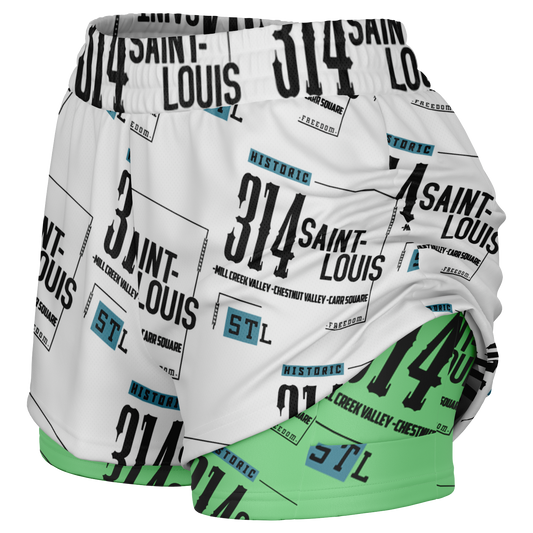During the late 1870s, a Black American man named John Carr purchased two plots of land in what is now the Carr Square and Old North St. Louis neighborhoods. The area he purchased came to be known as Carr Square, a safe haven for escaped slaves and free African Americans seeking protection from racism and civil injustices.

Carr Square grew rapidly, becoming a symbol of St. Louis’s prominent Black American culture. It had everything from a smokehouse and pig market to a bank run by a Black American that catered to the growing Black community. By 1910, the neighborhood was surrounded on the north, east, and south by a wall of industry, with the entire neighborhood situated within the area known as the Ville.

Carr Square Village (originally known as Mill Creek Valley) is one of the longest-standing black neighborhoods in St. Louis, with its rich history dating back to the 19th century. In the early part of the 20th century, the neighborhood transforming quickly, becoming home to train depots, factories, and homes to some of the city’s most prominent Black American families. It was also home to Carr Square, the first Black American public housing project in the nation. At its pinnacle, almost 8,000 people called the area home.

The bustling Black neighborhood was home to a vibrant jazz scene, which combined with the nightlife of nearby clubs, churches, and businesses. However, the desegregation of St. Louis in the 1950s largely diminished the livelihood of Carr Square, as Black Americans moved to other parts of the city to seek better employment and a more progressive modern life. By the 1980s, the population had dwindled to under 3,000. It was then that the area was hit hard by recession and gentrification, disappearing away to only a fraction of its original size. In recent years, many have fought to restore the area, and there are increasing opportunities for struggling families and working-class individuals. The St. Louis Clean Sweep program has put in hours of work to make the area clean and vibrant again.

You can still find reminders of St. Louis’s Black culture in the area: the Carr Square mural, a colorful cube of mosaics and images of the neighborhood’s history, the Inclusion Garden, a public garden project that plants to bridge diverse communities, and the historic Edward Fry mansion, a landmark of the 19th-century Black American life in St. Louis. These landmarks serve as reminders of the vibrant and unique history that once lived in Carr Square, offering a window into the past and inspiring hope to those dreaming of a better future.
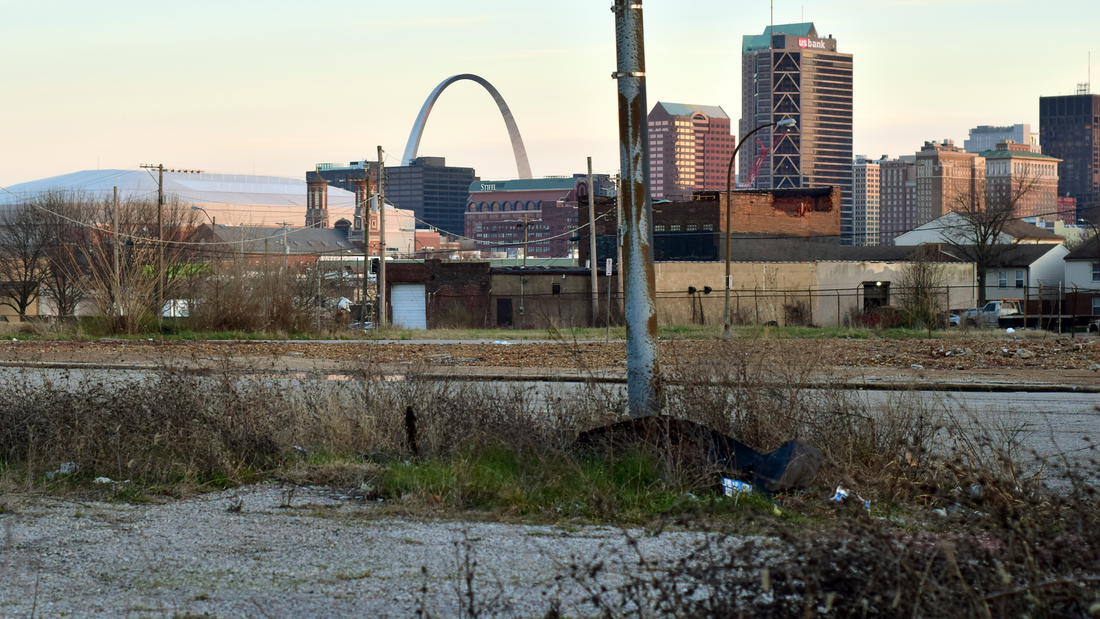
 Share
Share
